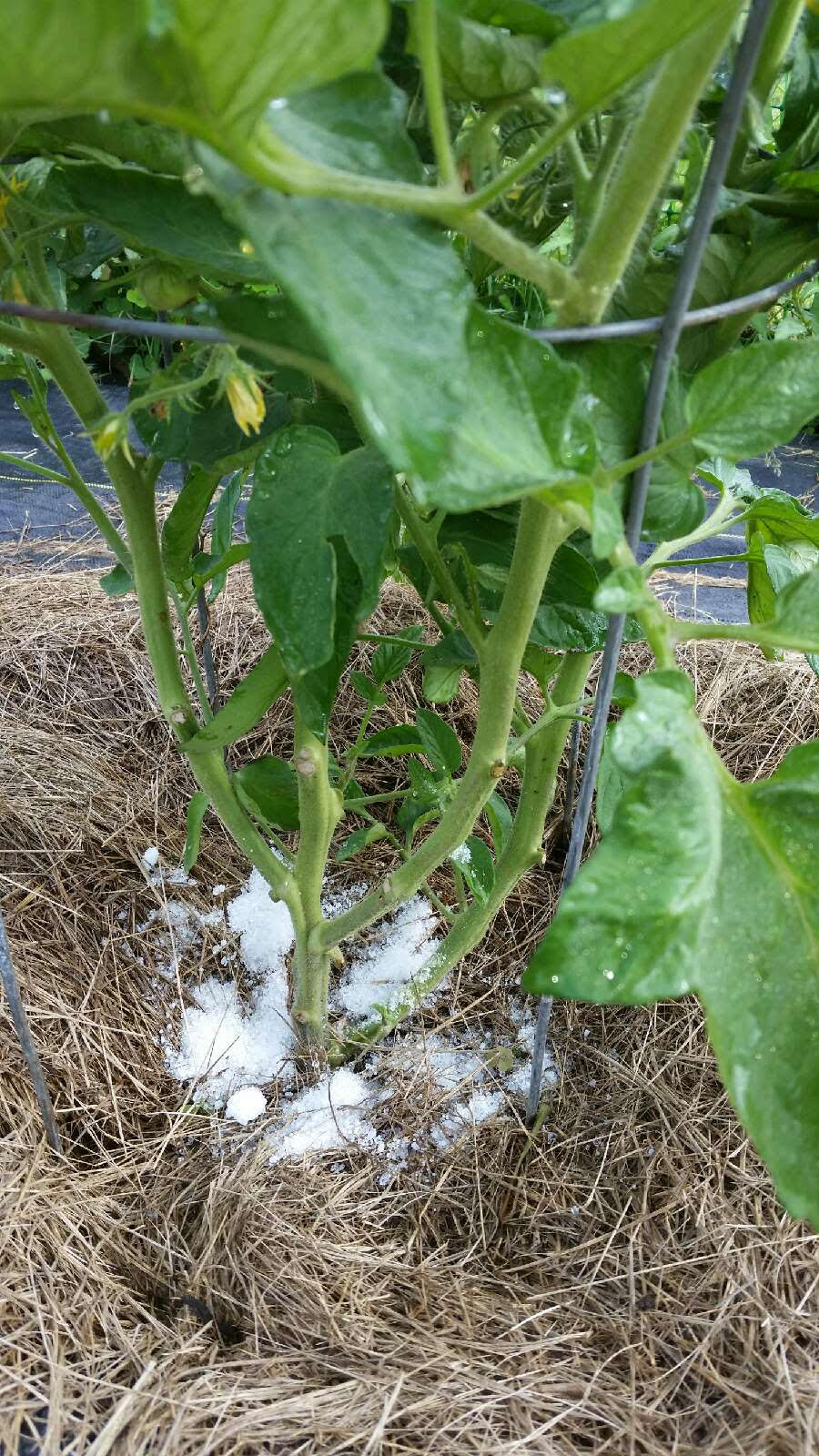Recognizing What Plants Don't Like Epsom Salt for Healthier Gardens
Recognizing What Plants Don't Like Epsom Salt for Healthier Gardens
Blog Article
Explore Why Some Plants Decline Epsom Salt as a Nutrient Resource
In the intricate world of plant nutrition, the denial of Epsom salt as a viable nutrient resource by some plants presents a fascinating quandary. The reasons behind this careful behavior dive right into a complicated interplay of plant absorption systems, the distinct chemical structure of Epsom salt, and plant-specific nutrient choices.
Plant Absorption Mechanisms
In diving right into the complex world of plant absorption mechanisms, it comes to be apparent that the procedure is regulated by a sophisticated interplay of physical characteristics and molecular paths. Plants absorb nutrients mainly with their origins, utilizing different transport systems to uptake vital aspects such as nitrogen, magnesium, potassium, and phosphorus. Magnesium, an essential element in chlorophyll synthesis and enzyme activation, plays a critical duty in plant development and development.
The absorption of magnesium includes several steps, starting with its availability in the soil remedy. When dissolved, magnesium ions are taken up by plant roots through certain transportation proteins installed in the cell membranes. These proteins facilitate the motion of magnesium throughout the origin cell wall surfaces and into the plant's vascular system, where it is after that distributed to different tissues to support different physical features.
Comprehending the complex devices behind magnesium absorption in plants drops light on how this important nutrient adds to overall plant health and efficiency. By optimizing magnesium uptake pathways, farmers can boost plant returns and high quality, highlighting the relevance of comprehending plant absorption characteristics for lasting farming methods.
Epsom Salt Chemical Framework
The chemical structure of Epsom salt, likewise recognized as magnesium sulfate heptahydrate, exposes an unique plan of elements that contribute to its unique residential or commercial properties and applications. The seven water particles are freely bound to the magnesium sulfate substance, permitting it to dissolve conveniently in water and be easily taken up by plants through their roots.
The crystal framework of Epsom salt develops monoclinic prisms, which are extended crystals with identical ends. This crystal form affects the physical buildings of Epsom salt, such as its appearance and solubility. Recognizing the chemical framework of Epsom salt is critical for understanding its habits as a nutrient resource and its interactions with plants in farming and horticultural practices.
Plant-Specific Nutrient Preferences
Plants display distinct preferences for certain nutrients, emphasizing the value of recognizing their individual requirements for ideal development and development. Comprehending these plant-specific nutrient preferences is important for taking full advantage of plant yields, enhancing decorative plant development, and advertising overall plant health.

Plant-specific nutrient preferences can additionally vary based on whether the plant is a monocot or dicot. By customizing nutrient supplements to fulfill the accurate needs of each plant species, cultivators can optimize plant growth, reduce vitamins and mineral waste, and assistance lasting agricultural methods.

Soil Ph and Nutrient Uptake
Given the critical function of plant-specific nutrient preferences in maximizing growth and health, understanding the relationship between dirt pH and nutrient uptake becomes extremely important. Soil pH plays a crucial function in determining the accessibility of crucial nutrients for plant uptake. Different plants have differing pH preferences for ideal nutrient absorption. Acidic soils with a reduced pH are positive try this web-site for plants like azaleas and blueberries, while alkaline dirts with a greater pH match plants such as lavenders and clematis.
On the other hand, alkaline soils might restrict the availability of nutrients like copper, iron, and zinc, impacting plant development. Keeping the ideal pH level in the soil is important for making certain that plants can efficiently uptake the essential nutrients for their healthy growth and productivity.
Genetic Elements in Nutrient Uptake
In the world of plant nourishment, the interaction of hereditary elements substantially affects the uptake of necessary nutrients essential for plant growth discover here and development. Genetic factors play an essential role fit a plant's capacity to absorb and use nutrients properly. Variations in genes can influence the expression of transport healthy proteins accountable for relocating nutrients throughout cell membranes. These transport proteins, such as networks and service providers, are inscribed by specific genetics that can vary among plant types and even within the same species.
Furthermore, genetic variables likewise identify the effectiveness of nutrient uptake mechanisms within plants. Some plants may have genetic characteristics that improve their ability to feed on nutrients from the dirt read review efficiently, giving them an affordable benefit in nutrient-poor atmospheres. On the other hand, genetic variations can additionally bring about limitations in nutrient uptake, making sure plants much more prone to shortages even when nutrients are plentiful in the dirt.
Understanding how genetic factors affect nutrient uptake is important for creating methods to maximize plant nourishment and boost plant efficiency in various farming setups. By unwinding the genetic devices included in nutrient uptake, researchers can work in the direction of establishing genetically boosted plant selections with improved nutrient purchase capacities.
Final Thought

In the detailed world of plant nourishment, the denial of Epsom salt as a sensible nutrient resource by some plants postures a fascinating dilemma. what plants don't like epsom salt. Comprehending these plant-specific nutrient preferences is crucial for taking full advantage of crop yields, improving decorative plant development, and promoting general plant wellness
By customizing nutrient supplements to satisfy the precise needs of each plant species, farmers can enhance plant growth, lessen nutrient waste, and assistance sustainable agricultural techniques.
In the world of plant nourishment, the interaction of hereditary elements considerably affects the uptake of essential nutrients critical for plant growth and growth. Recognizing these complexities in plant nutrient uptake is crucial for maximizing plant growth and health in agricultural techniques.
Report this page